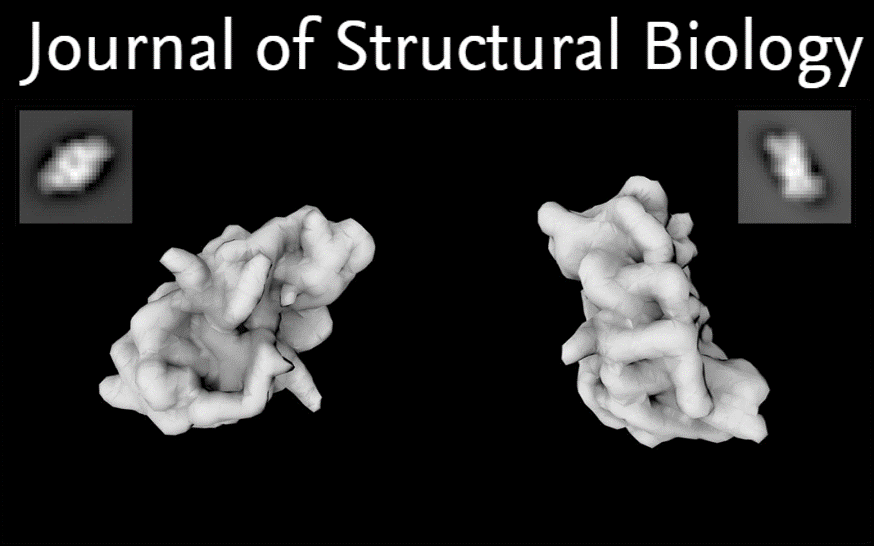
Theresa Gewering. Dovile Januliene, Anne B. Ries, Arne Moeller
Electron cryo-microscopy (cryo-EM) of purified macromolecular complexes is now providing 3D-structures at near-atomic resolution (Kühlbrandt, 2014). Cryo-EM can tolerate heterogeneous specimens, however, high-resolution efforts demand highly optimized samples. Therefore, significant pre-screening and evaluation is essential before a final dataset can be obtained.
While cryo-EM is comparably slow and requires access to expensive high-end electron microscopes, room temperature negative stain EM is fast, inexpensive and provides immediate feedback. This has made it a popular approach for sample quality control in the early phases of a project. Optimization in negative stain can be critical not only for cryo-EM, but also for X-ray crystallography, as highlighted for example by studies on GPCR complexes (Kang et al., 2015; Rasmussen et al., 2012). However, when not done carefully and interpreted correctly, negative stain can be prone to artifacts. A typical problem, which is often overlooked in the interpretation of EM data of small membrane proteins, is the background, caused by empty detergent micelles, as it can be easily confused with detergent embedded protein samples.
To counteract this ubiquitous problem, we present a case study on commonly used detergents. We show that most detergents produce significant background in negative stain EM, even below nominal critical micelle concentration (CMC). Unawareness of such artefacts can lead to misinterpretation of sample quality and homogeneity. We hope that this study can serve as a template to evaluate images in the early phases of a project.